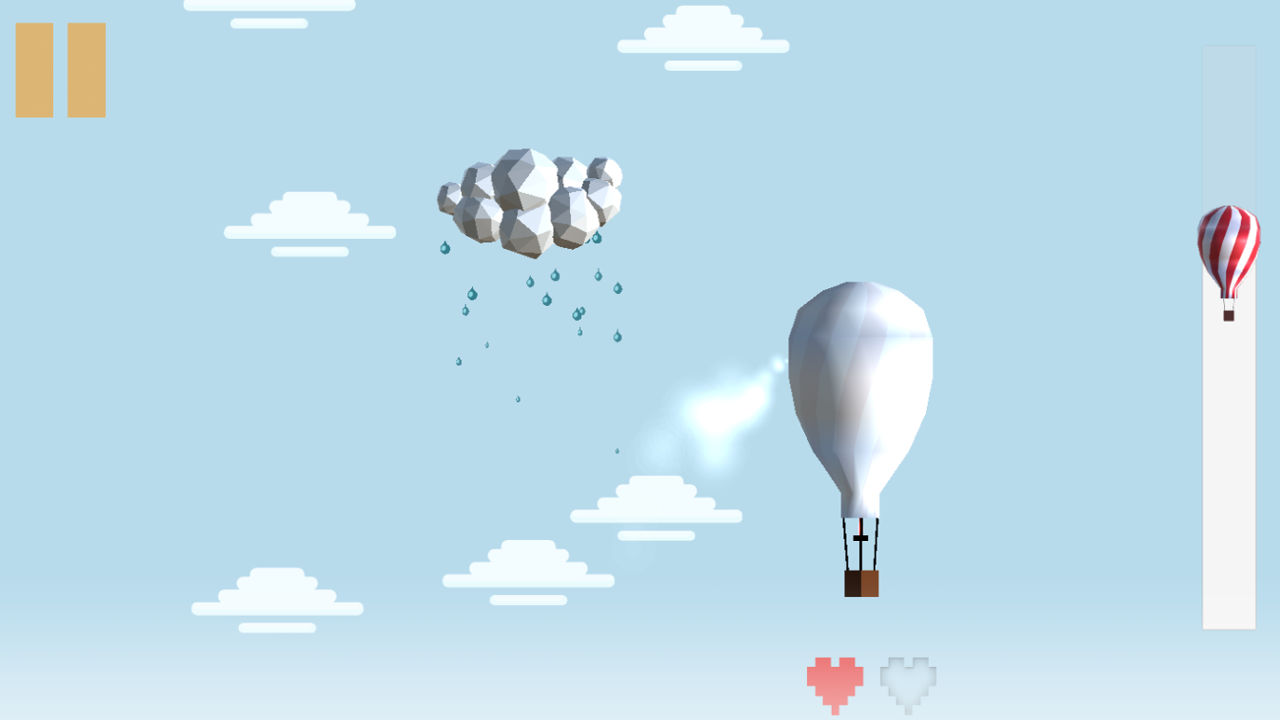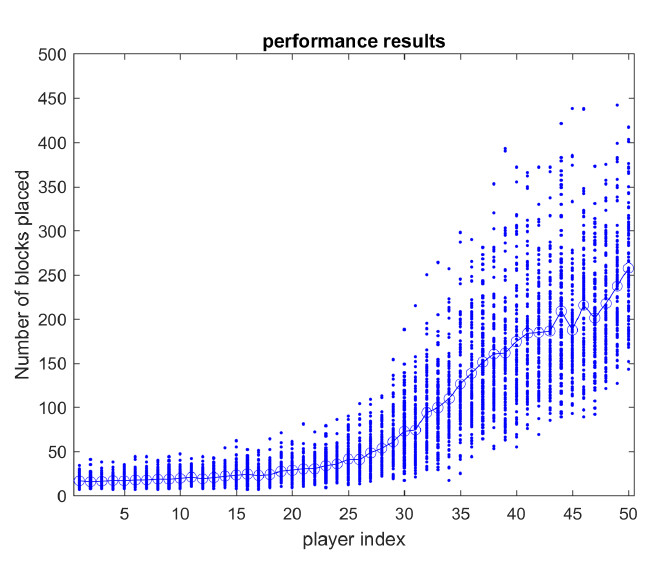Tower game
By Ward Dehairs, May 1, 2019
The Lars tower game is designed to test the ability of a player to distinghuish inter aural differences related to locating sound. In other words, it consists of tasks that require the user to locate a sound. Sound localization, commonly also known as 3D sound, relies on 2 main mechanisms: Interaural Level Difference (ILD) and Interaural Time Difference (ITD).
The idea of the tower game is that the player must stack bricks on a tower in the middle of the screen. A helicopter carries a block back and forth and drops it when the player taps the screen. After each trial, the helicopter gains height until it is outside of the camera view. At this point, the player has to rely on the helicopter sound to time their input.


The study for which this game was originally made required the user to train this sound localization for about a month. Therefore, it seems natural that the game should have different modes and options or a progression system, to keep a player motivated for such a long amount of time. Some other similar games were also implemented, such as a balloon race game where the player has to avoid obstacles that drop in from the top of the screen. One can predict where the next hazard will appear based on the sound they make.

A particular challenge in designing the original tower game is that a fine tuned setup is needed to actually measure player ability without distorting the main game loop. This was achieved using a so-called snapping threshold. Basically, there is a small range of space around the middle where a dropped block will count as a successful trial. This snapping threshold is subject to an adaptive procedure.
Fine tuning this procedure turned out to be a very difficult task, since one wants players of vastly different skill levels to be able to play the game to some extent, while still maintaining a rising tower height over increasing skill, so that players who are improving can see their results going up. To do this, I eventually resorted to writing Monte Carlo simulations of the game, that allowed me to quickly try out different parameters and find a set that answers the needs of the study as well as possible.
